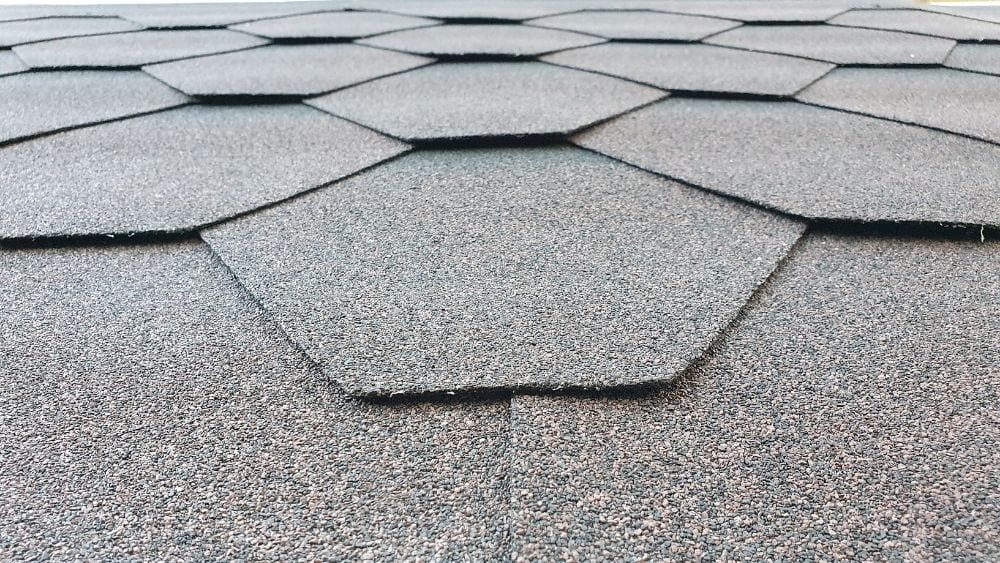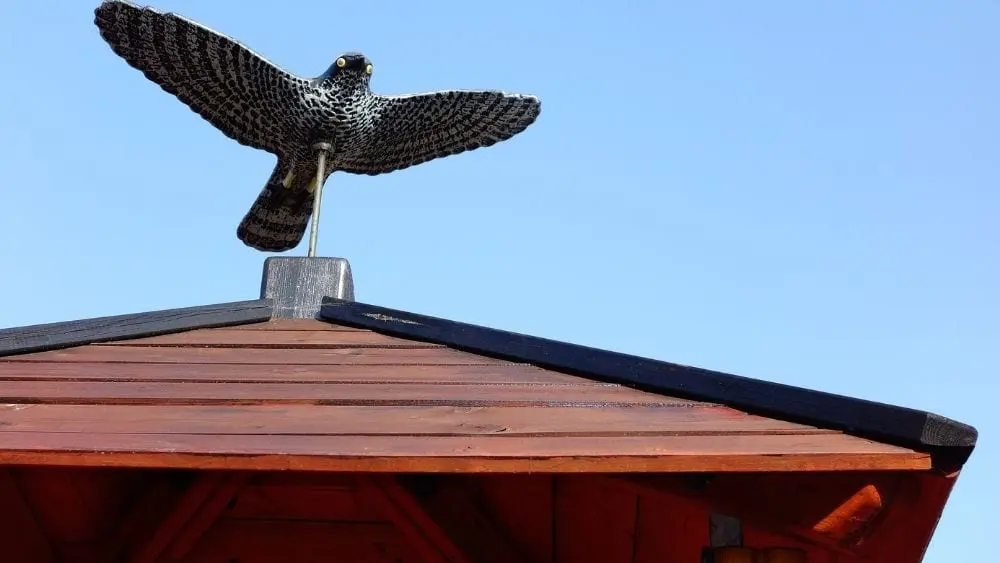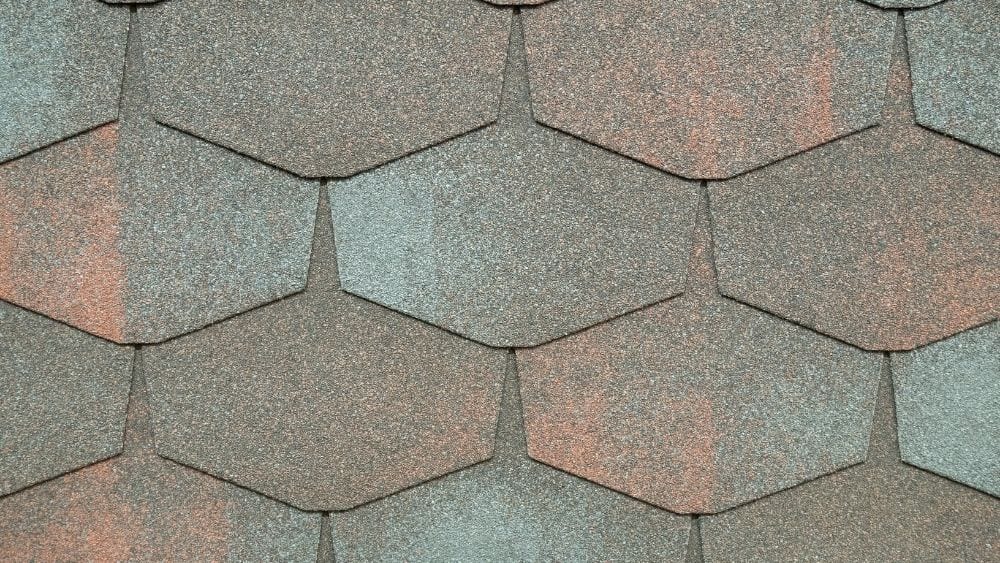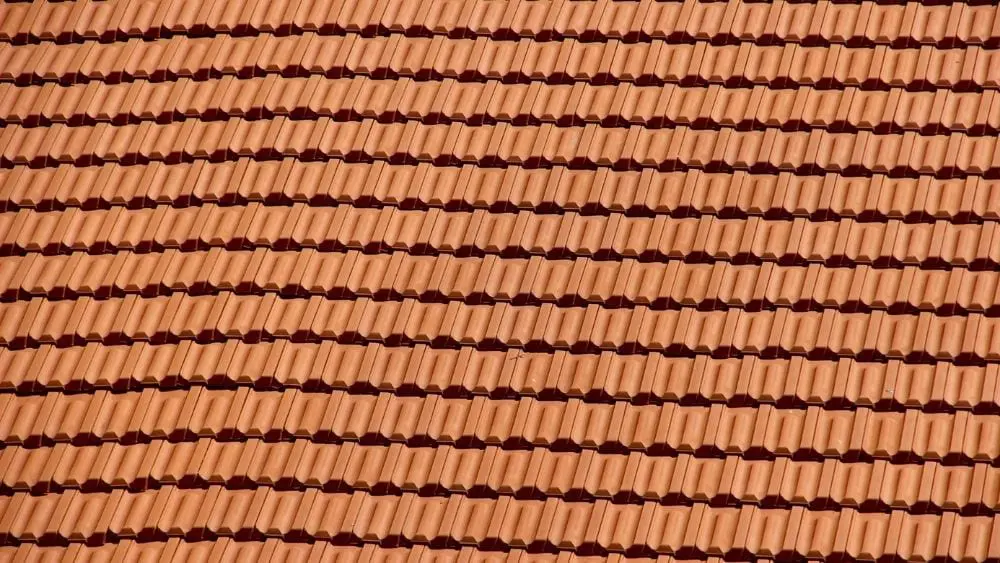Many homeowners who want the ageless look of an authentic slate roof without the challenging installation or tremendous expense have found an excellent alternative in synthetic roof tiles. Also known as composite roof tiles, these little beauties bring impeccable style and excellent taste to fit any home design.
Synthetic roof tiles are made identical to either natural slate, shake, or Spanish tile, but are instead composed of plastic and rubber materials. This replication technique makes the copycat material very lightweight and cost-effective, not to mention eco-friendly!
If you are looking for a specific style or distinguished exterior design without the high-end price tag, I encourage you to explore the benefits of synthetic roofing. I’ve done some preliminary research to get you started.
Advantages
Synthetic tiles offer several excellent benefits for homeowners who are looking for gorgeous design that’s affordable.
Aesthetics

Synthetic slate tiles offer a timeless semblance of luxury and elegance. Similarly, synthetic wood and artificial Spanish tiles replicate their authentic material to create an aesthetic that can fit any custom home design. These elements have been carefully created with plastic, polymer, and rubber to duplicate the color, style, and texture of the natural materials, even concrete and clay.
Lightweight
Synthetic tiles are typically one-fourth of the weight of natural slate, which happens to be the heaviest roofing material available. As such, true slate requires added structural support in your roof’s underlayers. Not only is the synthetic alternative more beneficial for roofs that can’t support the heavy weight of real slate, but it also cuts down on transport and shipping costs.
Environmentally Friendly
This is somewhat a product-by-product basis, but the materials that are normally found in composite tiles are considered eco-friendly due to their recyclability and fairly low environmental impact. Many are made of 100 percent recycled materials and can be recycled again in the future.
Durability
By design, synthetic roof tiles are made for optimal durability. Even though they are considered lightweight when compared to the authentic materials, they are manufactured to hold their own against high winds, heavy rains, and extreme temperatures. Many are even created to be fire-resistant.
Longevity

Due to their high degree of strength and durability, synthetic tiles typically come with a long lifespan. Many synthetic roofs have up to a 50-year warranty, and some manufacturers claim they will last even longer. Materials used to make the tiles are combined with ultraviolet inhibitors to reduce risk of sun damage, so your roof maintains its lovely appearance over time.
Easy Installation
While true slate can be cumbersome to cut and challenging to set in place, synthetic roof tiles are simple to install for any handy homeowner. The synthetic material can be cut with a utility knife and set with standard roofing nails. The product is very lightweight and pliable, enabling easier transport and less risk of damaged tiles upon delivery.
Disadvantages
Here are a few drawbacks to keep in mind when you choose a synthetic roof.
Not Quite the “Real Thing”

Of course, critics may say there is never a true substitute for a genuine slate roof. While the synthetic material is extremely durable, there are concerns that climate may have an adverse effect on the material, possibly causing the thin tiles to warp or crumble. The heavy material of natural slate or ceramic tile, though fragile and susceptible to damage in transport, is known for its years of reliability against raging winds and heavy rain.
Relatively New Product
While many manufacturers claim that synthetic roofs can last 50 years or longer, most synthetic materials have only been on the market for 20 years at most. These products are slowly coming on the scene and gaining popularity among eco-conscious homeowners and niche builders going for a specific look in exterior design. Some critics will state that color fading or chipping can become noticeable within the first decade after installation. As synthetic roofing gains greater acceptance over time, we’ll be better able to assess the longevity and tested lifespan of the materials.
Other Low-Cost Options Available
Even though synthetic roof tiles are available at a lower cost than the genuine materials, they are still not the cheapest option on the market. If you don’t have a specific aesthetic in mind that you need the synthetic roofing to match, you might be better off with a more cost-effective roofing material such as asphalt shingles.
Cost

In general, synthetic roofing materials are considered middle-of-the-road for cost-effectiveness. They may cost half or less than the cost of their natural counterparts, but they’re still more expensive than conventional architectural or asphalt shingles. Still, you can expect to spend about $9 to $12 per square foot for installed synthetic tiles compared to $22 to $43 per square foot of genuine slate roofing, installed. These prices will certainly fluctuate based on location, market prices, and labor costs.
Climate Considerations
Since synthetic roofs are still relatively new, it’s difficult to speculate if any particular climate causes long-term effects or damage. Currently, there is no evidence to suggest that synthetic roofs can’t thrive in any climate – from tropical, rainy coastal areas to colder mountainous regions. They seem to hold steadfast in areas with powerful windstorms and protect the home by mitigating rain damage. However, this can vary based on model and manufacturer.
Home Style and Color Availability

The beauty of synthetic tiles is their ability to be shaped and molded to the color and design that you desire. You can buy these almost exact replicas of natural slate, wood, or shake roof to fit your design for a lower price and easier installation. Whether you’re planning for a quaint Colonial house or a luxurious beachfront property, synthetic tiles will fit nicely into your carefully-crafted home masterpiece.
Select Your Synthetic Tile Masterpiece
If there is a specific design or style that you’re going for, but you’re hesitant about the hefty price of transport and installation of natural materials, synthetic roofing may be your ideal choice. Be sure to connect with your builder to discuss options, current prices, and timeline for installation. Before you know it, you’ll be moving into your dream home and enjoying its exterior beauty for decades to come.

Melanie Theriault is a writer, counselor, and lifelong learner. She holds a B.A. in Sociology from Southwestern University, where she discovered her passion for fostering human connection through storytelling.
 A Guide to Hip Roofs
A Guide to Hip Roofs